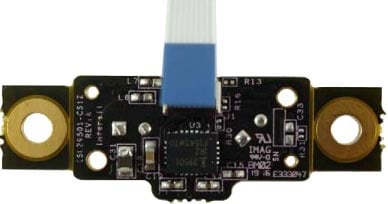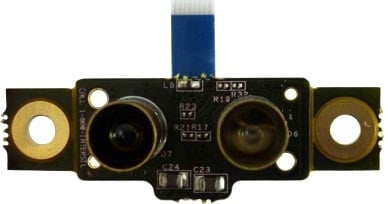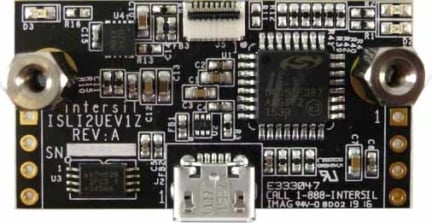概要
説明
The ISL29501-CS-EVKIT1Z is a distance measurement reference design consisting of an optical board and a controller board. It combines the ISL29501 Time of Flight (ToF) based signal processing chip with an OSRAM SFH 4550 IR emitting LED and OSRAM SFH 213FA photo-diode. The two circuit boards are connected together with a flat flex cable. Included is a USB flash drive containing the evaluation software for a PC and related technical documents.
The ISL29501-CS-EVKIT1Z kit also allows quick evaluation of the ISL29501 performance for a 5m sensing system.
特長
- Self contained measurement system
- Enables proximity detection and distance measurement
- Emitter DAC with programmable current up to 255mA
- Operates in continuous or single shot mode
- On-chip active ambient light rejection
- Regulated power 2.7V to 3.3V USB or external supply
- I2C interface supporting 1.8V and 3.3V bus
- Small size 38mm x 20mm
アプリケーション
ドキュメント
ピックアップ
ログイン後、ご登録が可能となります。
|
|
|
|
|---|---|---|
| 分類 | タイトル | 日時 |
| マニュアル-開発ツール | PDF 1.31 MB | |
| EOL通知 | PDF 597 KB | |
| マニュアル-開発ツール | PDF 1.31 MB | |
| データシート | PDF 1001 KB | |
4件
|
||
設計・開発
製品選択
適用されたフィルター


